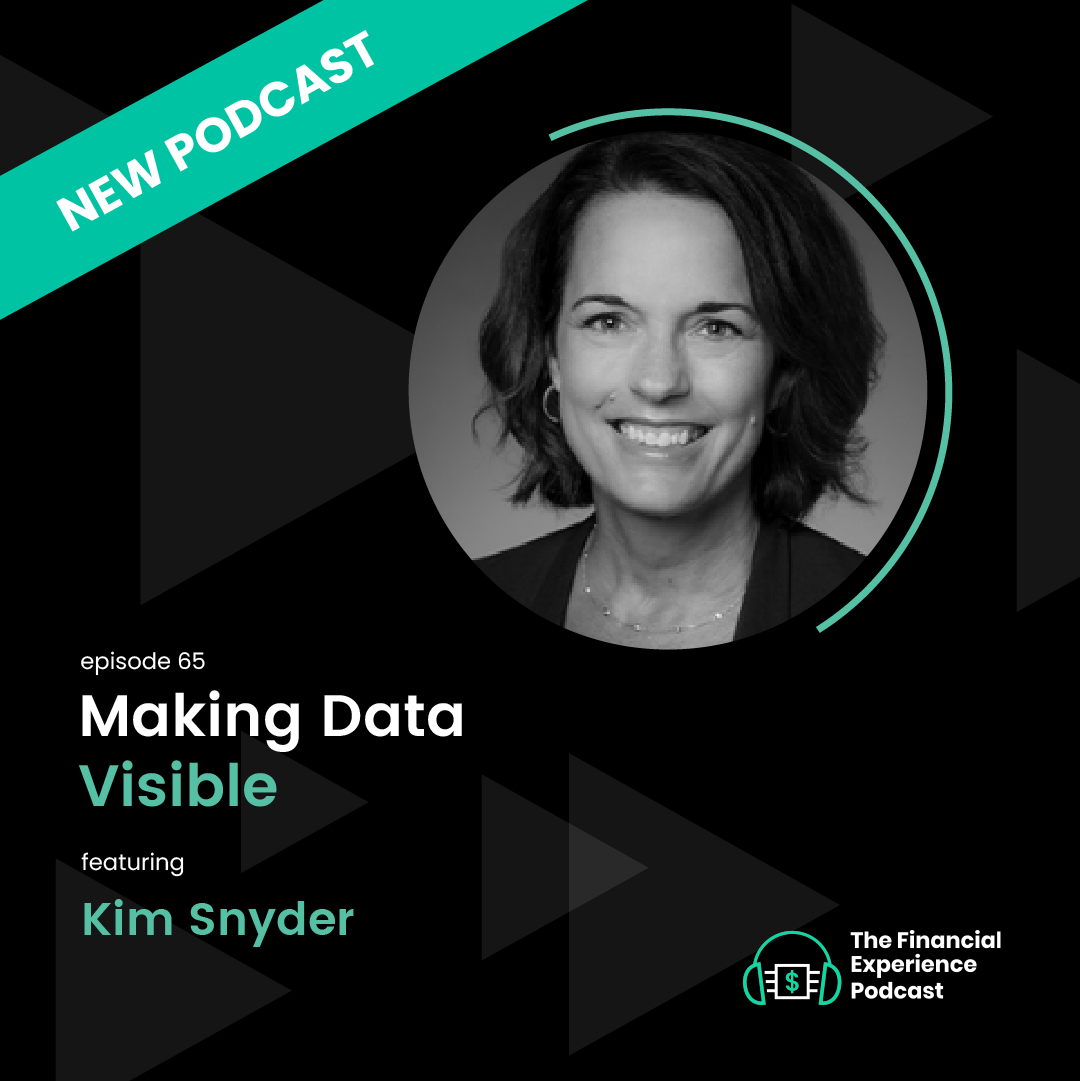The browser you are using is not supported. Please consider using a modern browser.
Article
Is Your Financial Institution Prepared if Your Report Writer Were to Quit?
Community banks have undoubtedly smaller data teams than big, national banks. Having an employee quit makes a huge difference in operations when there isn’t a large team to share the load.
This raises the question – what do banks do when their report writer quits?
It’s a very valid question and in a data-driven industry, it’s a situation that could bring a community bank to its knees.
But it’s not just report writers. Anyone responsible for data or someone with extensive institutional knowledge could put a bank in a bad spot if they suddenly left, whether voluntarily or because of an unforeseen circumstance.
Worker shortages are now fueling the nation’s largest labor crisis in history. With more than 11 million job openings and only six million unemployed workers, employers across all industries – including banks – are struggling to fill positions.
Adding to this challenge is the new trend of “quiet quitting,” a phenomenon that has emerged during the Great Resignation where employees are choosing to not go above and beyond the basic responsibilities of their jobs, because they’re either disengaged from the company or burned out. At least half of the U.S. workforce are “quietly quitting,” according to a recent Gallup poll.
Despite the current environment, finding a skilled report writer will likely prove challenging, should you be faced with this task. After all, there are very few out there.
To ensure that data analytics strategies don’t screech to a halt, banks must have a reliable, automated procedure that ensures reports are generated, regardless of a lost employee.
It starts with evaluating your current process.
Most institutions rely on manual processes to compile and aggregate data across systems. Report writers can spend hours reviewing and analyzing raw data, providing insights that banks can then act on. Even if your report writer doesn’t quit, there are problems with this approach. Not only is this inefficient and time-consuming, it’s also prone to errors.
First, relevancy comes into question. Because writers are spending an enormous amount of time compiling and analyzing rapidly-changing data, any insights derived may be outdated by the time they’re finished.
Second, manual processes such as these increase the likelihood of user error. Banks are then operating with data that is not only old, but likely riddled with mistakes.
Third, as banks grow, the data problem only magnifies. According to a study done by McKinsey & Co, every two years, the volume of data across the world doubles in size. As the amount of data increases, it requires even more time to compile and analyze.
Banks must leverage technology and automation.
By using an automated solution, banks can set daily file extractions from their core system and other ancillary systems and bring those files securely into one platform, eliminating manual processes and ensuring complete accuracy.
With automated data analytics platforms such as KlariVis, data is aggregated and delivered through interactive dashboards, providing immediate insights into key performance metrics that empower teams, drive profitability and improve productivity at every level of the organization.
Having actionable insights at the bank’s fingertips allows teams to automate reporting. Not only does this streamline operations, but it also establishes a single source of truth and ensures complete data integrity. Teams are no longer operating with outdated data coming from different sources that may be full of errors, and instead can focus on making timely, high-impact decisions.
Additionally, banks can automate board reports and eliminate the need for cumbersome report writing. Banks can also ensure greater consistency and speed up the report delivery process. A literal click of a button opens up hours of time for employees to focus on the opportunities the insights provide, rather than developing the reports themselves.
If your report writer (or any key employee at your bank responsible for data) quits, is your bank prepared to retain the holy grail of institutional knowledge?
Learn how KlariVis can help your financial institution, visit our features page today.



